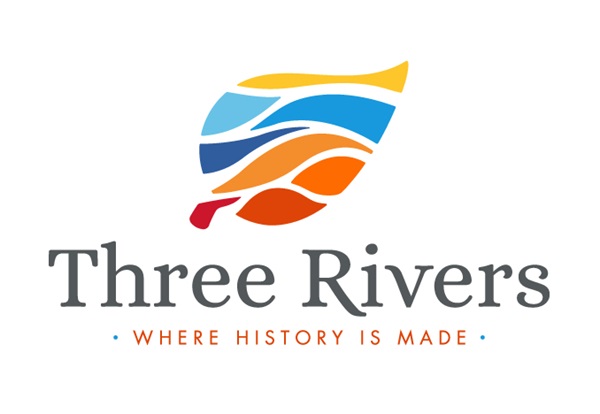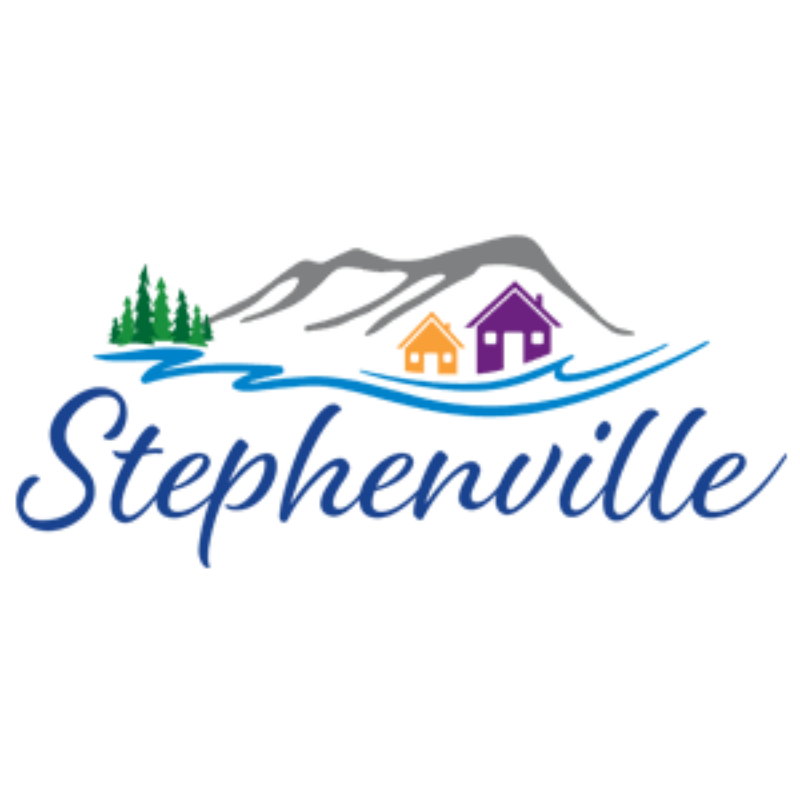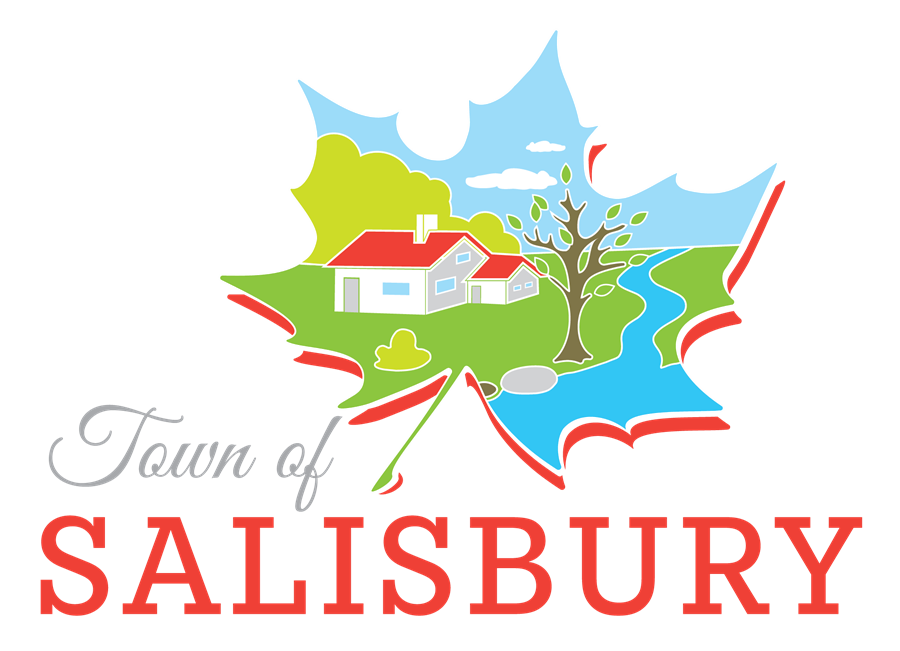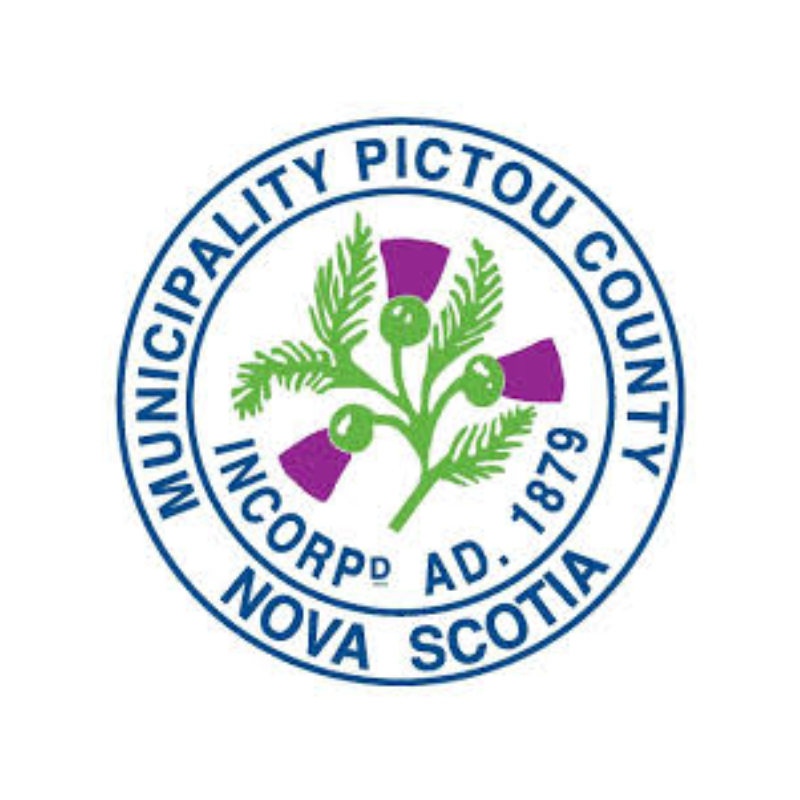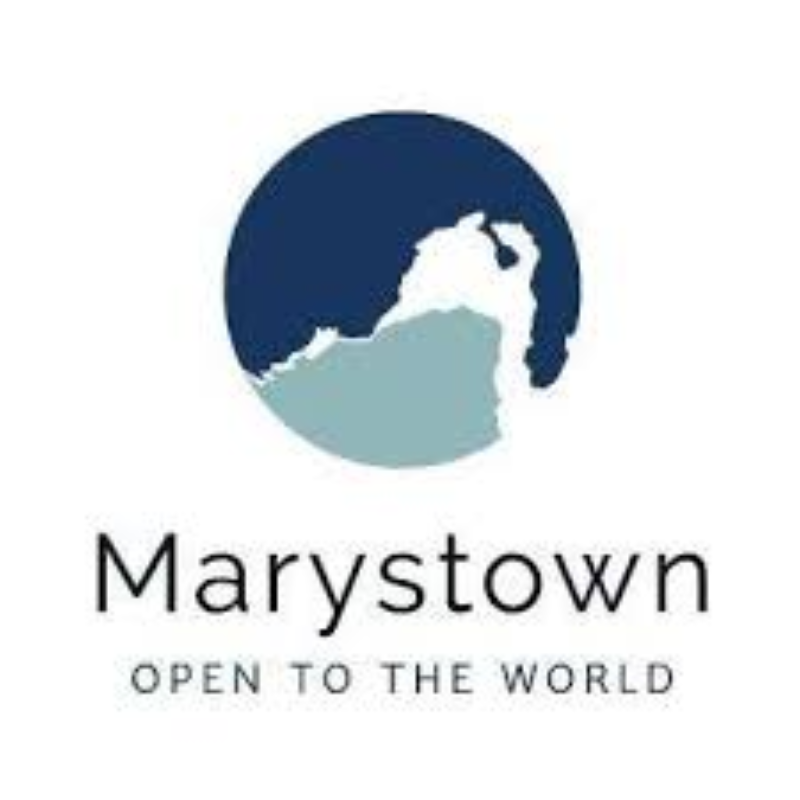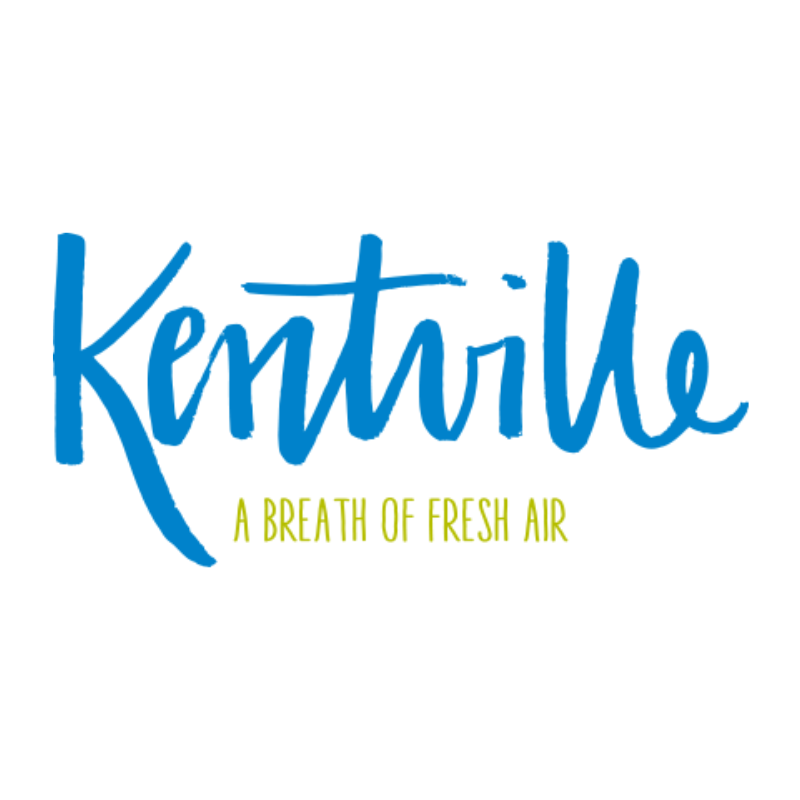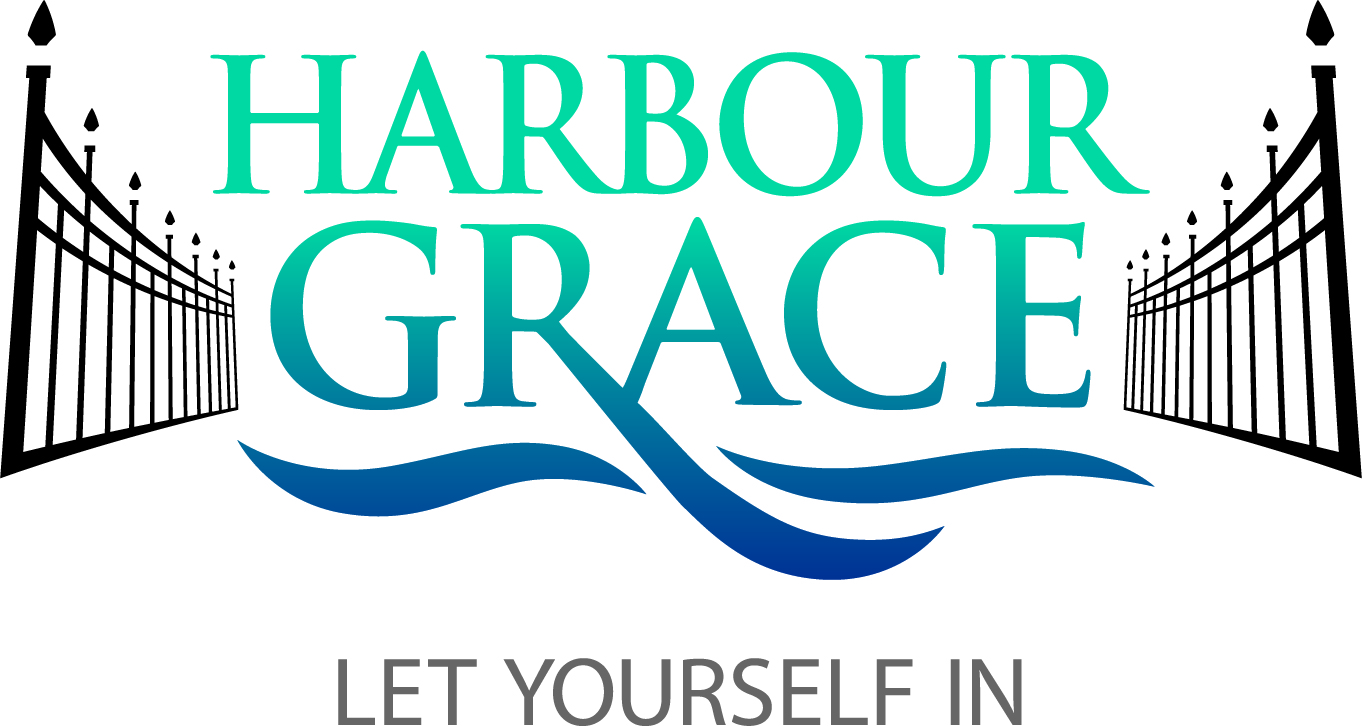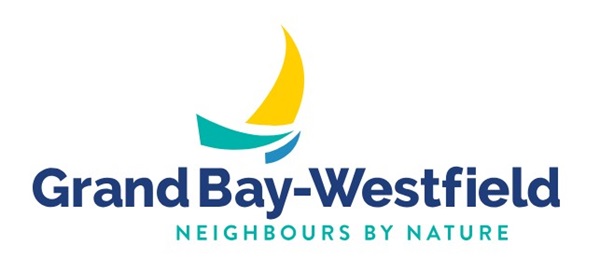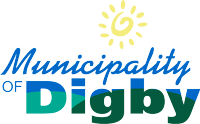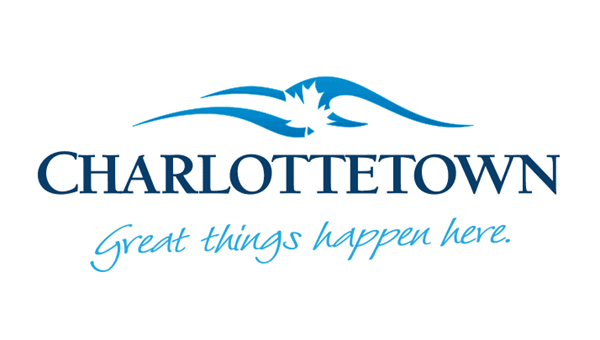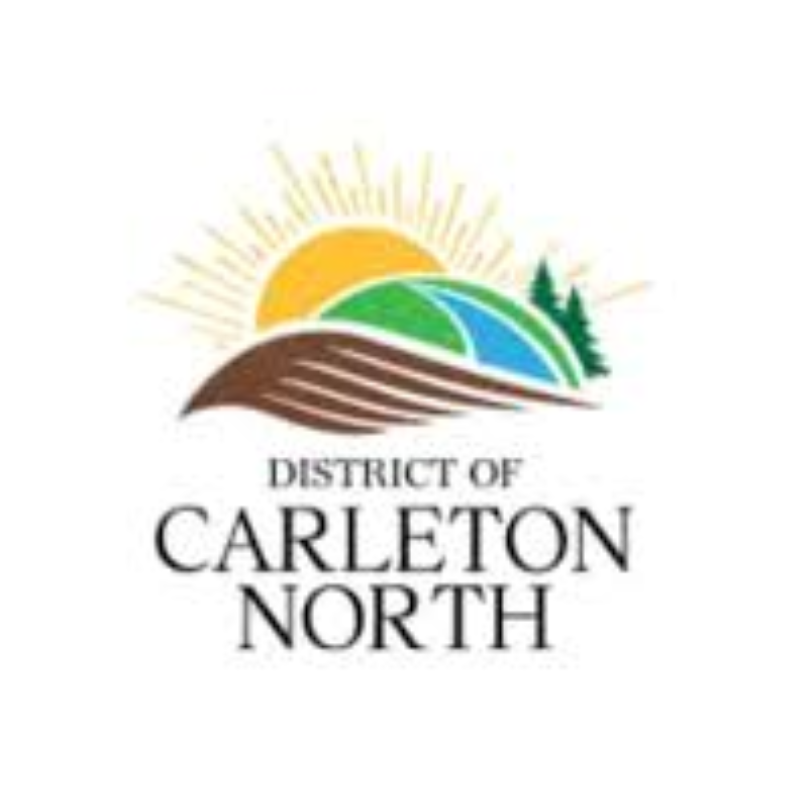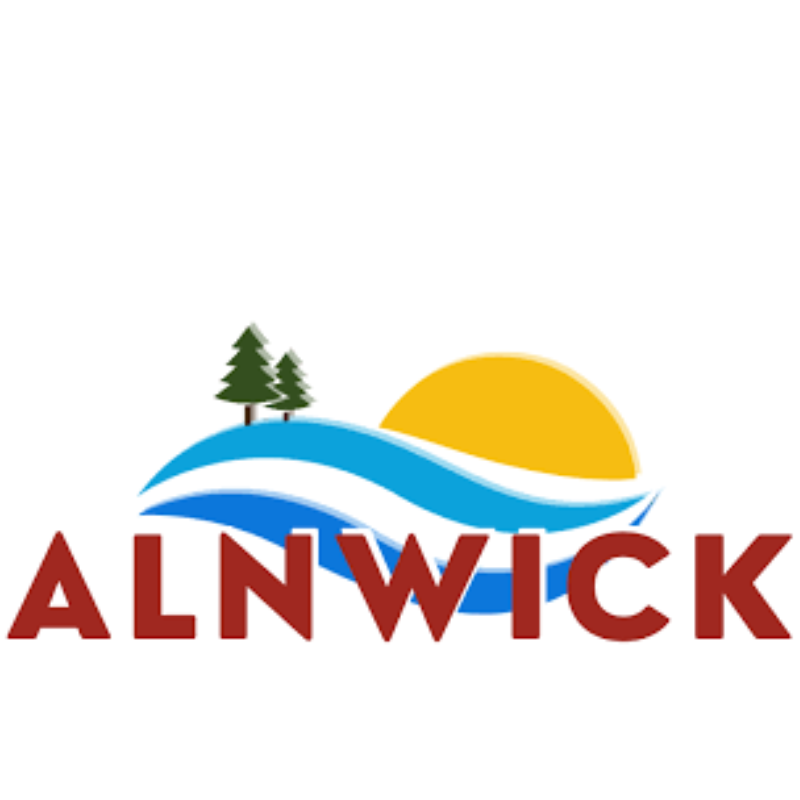
Participating Communities (to-date)
We'koqma'q First Nation
Learn more
Over the past decade, We’koqma’q has proven to be a community on the rise. The path forward has been challenging, but clear. Together, as a community, they are creating a self-sustaining economy, investing in their youth, and building the infrastructure needed to thrive… all while honouring their elders, history and culture.
Develop West Prince, PEI
Learn more
Develop West Prince aims to facilitate the ideas and intentions of residents, organizations, businesses, and future community members by harnessing and connecting the community’s shared possibility. They work with communities and not-for profit organisations as an advocate, driver and collaborator that fosters growth and prosperity, facilitating strategic infrastructure and regional initiatives.
Town of Truro, NS
Learn more
In Mi’kmaq: Wagobagitik, in Gaelic: Trùru, Truro is in central Nova Scotia. The shire town of Colchester County, it is located beside the Salmon River floodplain, close to the river’s mouth at the eastern end of Cobequid Bay. The Mi’kmaq name for the Truro area, “Wagobagitik” means “end of the water’s flow”.
Town of Three Rivers, PEI
Learn more
Three Rivers is a town within Kings County in Prince Edward Island that was incorporated in September 2018, through an amalgamation of seven municipalities and adjacent areas. The municipalities that were amalgamated included two towns – Georgetown and Montague – and five rural municipalities – Brudenell, Cardigan, Lorne Valley, Lower Montague, and Valleyfield.
Town of Stephenville, NL
Learn more
Stephenville, with a population of 6,540, is a town in Newfoundland and Labrador, on the west coast of the island of Newfoundland. The town functions as a local service centre for the southwestern part of the island, serving a direct population of 35,000 people from surrounding areas and over 100,000 people along the entire southwestern coast of the island.
Town of Salisbury, NB
Learn more
Salisbury is a town located in Westmorland County, New Brunswick. A village for 57 years, in January 2023 it was amalgamated with parts of four local districts to become a new town. Salisbury became a permanent settlement when settlers from Yorkshire, England, settled there in 1774.
Town of Riverview, NB
Learn more
Riverview is a town in Albert County, and is located on the south side of the Petitcodiac River, across from the larger cities of Moncton and Dieppe. Riverview is the largest town in New Brunswick. And despite being designated as a town, it is the fifth-largest municipality in the province, with a population of 20,584 in 2021.
Municipality of Pictou County, NS
Learn more
The Municipality of Pictou County is a county municipality in Nova Scotia. It provides local government to about 21,000 rural residents of Pictou County.
Town of Pictou, NS
Learn more
Pictou is a town in Pictou County, and is located on the north shore of Pictou Harbour. Once an active shipping port and the shire town of the county, the name Pictou derives from the Mi’kmaq name Piktuk, “an explosive place”, a reference to the river of pitch that was found in the area, or from methane bubbling up from coal seams below the harbour.
Town of Kentville, NS
Learn more
Kentville is an incorporated town, and the most populous in Nova Scotia’s Annapolis Valley. In 2021, the town’s population was 6,630 – after its agglomeration it was 26,929. Kentville is on the Cornwallis River which, downstream becomes a large tidal river at the Minas Basin.
Harbour Grace, NL
Learn more
Harbour Grace is a town in Conception Bay on the Avalon Peninsula in the province of Newfoundland and Labrador. With roots dating back to the 16th century, it is one of the oldest towns in North America. It is located about 90 kilometres northwest of the provincial capital, St. John’s.
Hanwell Rural Community, NB
Learn more
Hanwell is an incorporated rural community and former local service district within Kingsclear Parish in York County, New Brunswick. In January 2023, Hanwell annexed the northern part the parish of Kingsclear, including the communities of French Village, Island View, and Mazerolle Settlement.
Town of Grand Bay-Westfield, NB
Learn more
Grand Bay-Westfield is on the bank of the Saint John River. While the name Grand Baye was used for the body of water by the Acadians and Loyalists, the name became that of the settlement at the edge of Westfield Parish around 1869. The name may also be a reference to its location in the western corner of Kings County.
Learn more
Fundy Albert is a village municipality in the Canadian province of New Brunswick, established in January 2023, through the amalgamation of the village municipalities of Alma, Riverside-Albert and Hillsborough while annexing certain mostly adjacent unincorporated areas.
Village of Fundy-Albert, NB
City of Fredericton, NB
Learn more
Fredericton is New Brunswick’s Capital City. It prides itself on being a smart and sustainable city offering a cost competitive business environment and balanced lifestyle with abundant recreational and cultural amenities. Situated in the heart of the Province of New Brunswick, along a scenic bend in the Wolastoq (Saint John River), Fredericton is as much urban energy as small-town charm.
Town of Digby, NS
Learn more
Digby, officially named the Municipality of the District of Digby, is a district municipality in Digby County. The district municipality is one of three municipal units in the county, the other two the Town of Digby and the Municipality of the District of Clare. In 2021 the Municipality had a population of 7,242.
City of Corner Brook, NL
Learn more
Corner Brook has a population of about 19,333, and is located on the west coast of the island of Newfoundland, on the Bay of Islands, at the mouth of the Humber River. Corner Brook functions as a service centre for western and northern Newfoundland, and is the administrative headquarters of the Qalipu Mi’kmaq First Nations band government.
Municipality of the County of Colchester, NS
Learn more
Colchester County, located in north central Nova Scotia, has a population of 51,476 (2021) and is the fourth largest county in Nova Scotia. The majority of the county is governed by the Municipality of the County of Colchester, the county also is home to two independent incorporated towns, Stewiacke and Truro, two village commissions in Bible Hill and Tatamagouche, and the Millbrook 27 First Nations reserve.
City of Charlottetown, PEI
Learn more
Charlottetown is a flourishing community of approximately 40,500 people located on the south shore of Prince Edward Island. The Province’s capital, it is also called the “Birthplace of Confederation” after the historic Charlottetown Conference held there in 1864, which led to Confederation in 1867.
Cape Breton Regional Municipality, NS
Learn more
“CBRM” is Nova Scotia’s second largest municipality and the economic heart of Cape Breton Island. With a population of some 93,700, the municipality was created in 1995 through the amalgamation of eight municipalities located in Cape Breton County.
Carlton North, NB
Learn more
Carleton North was incorporated in January 2023 via the amalgamation of the former town of Florenceville-Bristol and the former villages of Bath and Centreville as well as the annexation of adjacent areas, and is home to the corporate headquarters for McCain Foods, the largest producer of French fries in the world.
Carbonear, NL
Learn more
Carbonear is a town on the Avalon Peninsula in Newfoundland and Labrador. It overlooks the west side of Conception Bay and had a history long tied to fishing and shipbuilding. Since the late 20th century, its economy has changed to emphasize education, health care, retail, and industry.
Rural Community of Alnwick, NB
Learn more
Alnwick is a geographic parish in Northumberland County, New Brunswick. For governance purposes it is divided between the village of Neguac, the Indian reserves of Esgenoôpetitj 14 and Tabusintac 9, the incorporated rural community of Alnwick, and the regional municipality of Tracadie.

More to Come...

More to Come...

More to Come...

More to Come...
About the Project
Canada’s path to achieving net-zero emissions by 2050 involves a comprehensive and multifaceted approach that includes significant investments in clean energy, technological innovation, and robust policy frameworks.
With over 51% of energy and emissions under the direct or indirect influence of local governments, QUEST Canada’s new Pan-Atlantic Net-Zero Communities Accelerator (NCA) program will help municipalities enable the communities they serve – across all four Atlantic Provinces – to reach their energy reduction goals. To reach net zero.
By continuing to expand the work we started across New Brunswick with the pilot New Brunswick Smart Energy Communities Accelerator (NB-SECA) program, and out West with our new Prairies NCA program, we’re collectively taking a real step forward to fighting climate change by working to lower energy costs and reduce GHG emissions on a municipal, ‘community’ scale.
By giving communities a way to ‘see’ themselves clearly – through (numerical) benchmarking and (visual) energy mapping – and by supplying their municipal staff with the support and expertise they need to develop a Community Energy and Emissions Plan (CEEP), the municipality is in a better place to identify pathways to net zero, develop strategies for success, hit short term targets and achieve long term goals… faster.
The Pan-Atantic NCA program is delivered in cooperation with l’Association francophone des municipalités du Nouveau-Brunswick in New Brunswick, Clean Foundation in Prince Edward Island, and econext in Newfoundland & Labrador.
Q&A with a Pilot Program Participant
Community Energy Transition Pathway
STEP 1
Project Kickoff and Community Onboarding
STEP 2
Community Foundations and Benchmarking
STEP 3
Community Energy Plan Mapping and Development
STEP 4
Community Energy Planning and Implementation
STEP 5
Progress Measurement and Evaluation
STEP 1
Project Kickoff and Community Onboarding.
STEP 2
Community Foundations and Benchmarking:
1. The Smart Energy Community Benchmark
The Benchmark is a tool that measures where a community stands relative to Canadian best practices and enables the communities to discover where they are making headway on becoming a Smart Energy Community and where opportunities remain. This is an important first step in a community’s net-zero journey and allows them to track their progress and growth over time. Look for all of the community assessment results to be posted soon.
2. The Energy Conscious Community: An Energy Course for Planning Professionals
Municipal staff and local planning personnel work to complete The Energy Conscious Community: An Energy Course for Planning Professionals, developed and delivered by York University in partnership with QUEST Canada. This course supports professional planners to understand and deliver on their central role of integrating local, renewable and conventional energy sources into their communities.
3. Municipal Working Groups
Participating community staff and local stakeholders participate in ongoing regional Municipal Working Groups, including QUEST produced educational webinars to provide expert presentations and advice, and a wide ranging, comprehensive set of community energy resources, tools and strategies.
STEP 3
Community Energy Plan Mapping and Development Outcomes:
1. Community Energy Mapping
During community energy mapping, interactive exercises engage diverse local participants in each community to identify strengths and opportunities for energy efficiency, clean energy, transportation, land use and water and waste — using an interactive map. Results are used to inform the planning and development of their individual municipal energy plans.
2. Participatory Renewable Energy Assessment
The participatory renewable energy assessment includes a full technical analysis of local renewable energy potential — such as wind, solar, PV, biomass, and more — for utility or community scale applications. This also includes an analysis of the social acceptability of siting options for these installations. The purpose being to inform the development planning of clean energy resources in the community.
3. Community Energy Planning
Community Energy Plan Development workshops utilize interactive exercises that engage diverse local participants in each community, to develop energy and emissions targets and prioritize corresponding action strategies to achieve them. The results are used to inform the development of local Community Energy Action Plans.
STEP 4
Community Energy Planning and Implementation Outcomes:
1. Economic Analysis
Participating communities can undergo a thorough economic analysis of their chosen action strategies, in order to better understand the potential economic impacts the implementation of their plans will have on their local economy.
2. Community Energy Plan Implementation
Community Energy Plan Implementation Frameworks are developed via workshops that utilize interactive exercises to engaged diverse local participants in each community and develop implementation strategies for the actions developed in their local plans. These frameworks are PCP Milestone compliant and provide communities with the necessary key governance and strategic frameworks for successful local plan implementation.
STEP 5
Progress Measurement and Evaluation Outcomes:
1. Completion of Re-Benchmarking
Participating communities can undergo a Net-Zero Communities Benchmark re-benchmarking process to document and celebrate the great progress made during their participation in the NCA program. In the pilot program, participating communities increased their scores by an average of 14%.
2. Project Evaluation
A third-party evaluator found that the pilot program provided high quality services to New Brunswick municipalities, giving participants the knowledge, skills and expertise needed to create their own individual CEEPs. The plans and the resulting integration into longer-term planning documents, policy development and built environment changes will sustain their shift into a net-zero future.
NCA Program News
Thanks to Our Funders
QUEST Canada’s Pan-Atlantic Net-Zero Communities Accelerator program was made possible by support from the Atlantic Canada Opportunities Agency, Énergie NB Power, Nova Scotia Power and Suncor Energy Foundation.
Atlantic Canada Contact
For more information about the program, please contact Seth Leon, Manager, Programs and Projects; at QUEST Canada at sleon@questcanada.org or (866) 494-2770 e.705
Sign Up
Join the Conversation!
Sign up to get the latest news and updates about QUEST Canada events and receive QUEST Canada’s monthly newsletter.




